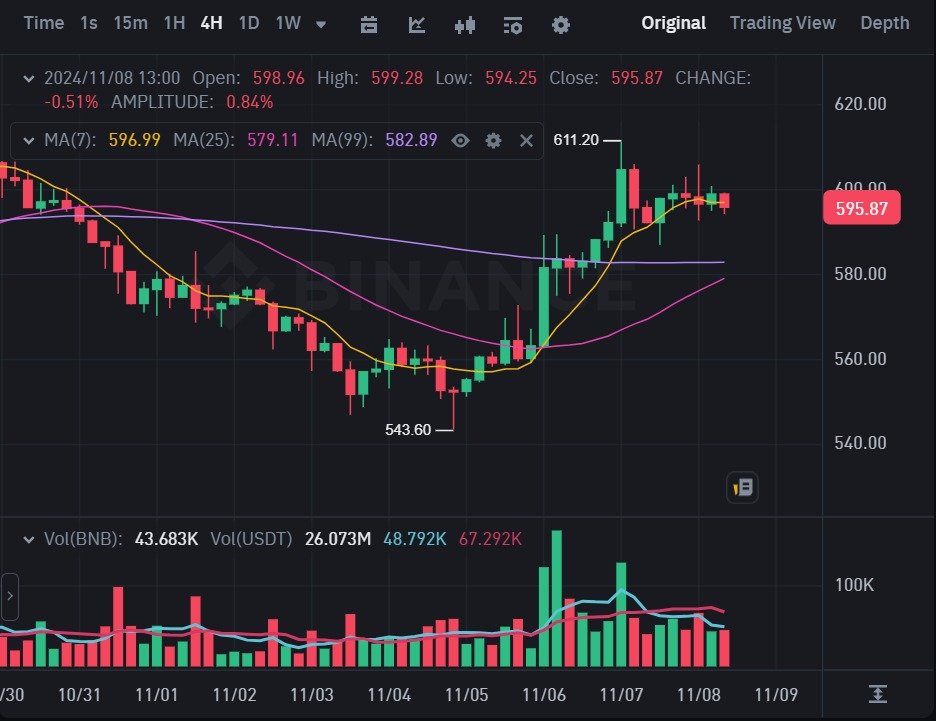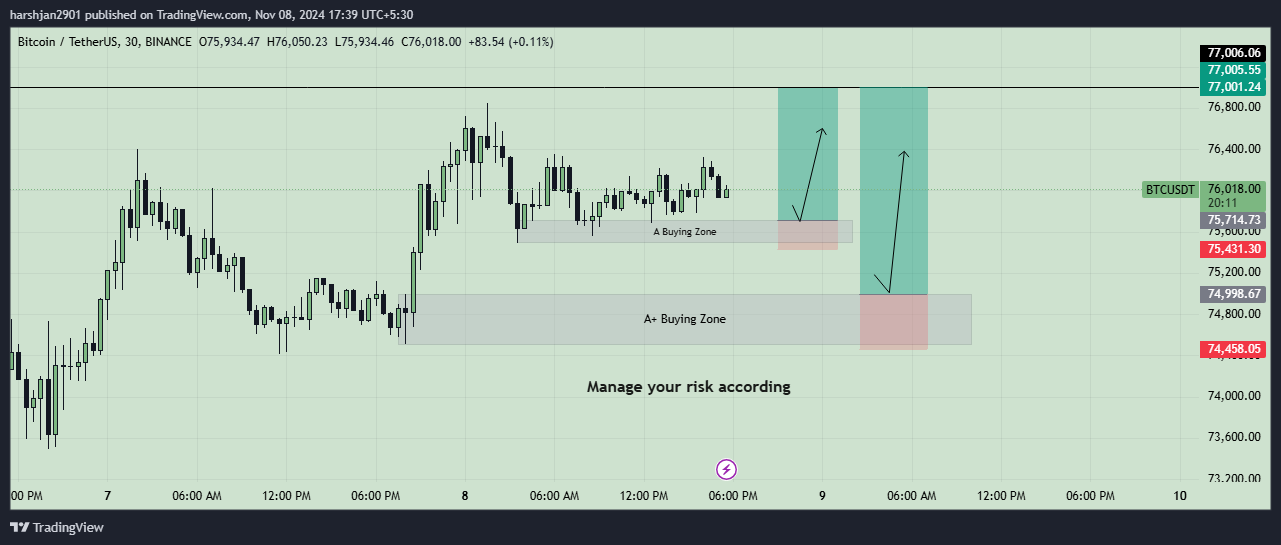What is Forex trading ? or foreign exchange trading, involves the buying and selling of currencies in the global market to make a profit. It operates 24 hours a day, five days a week, and is the largest financial market in the world, with an average daily turnover exceeding $6 trillion. Forex trading allows investors to exchange one currency for another, taking advantage of fluctuations in exchange rates. It offers various opportunities for profit, but also comes with risks due to the market’s high volatility. Successful trading requires a solid understanding of currency pairs, economic factors, and technical analysis.
Introduction
Hook: Did you know that the forex market is projected to reach a staggering daily trading volume of over $8 trillion in 2025? This makes it the largest and most liquid financial market in the world.
Definition: Forex trading, or foreign exchange trading, involves buying and selling currencies to profit from fluctuations in exchange rates. As a global marketplace, it connects traders across continents, operating 24/5 and enabling real-time transactions worth trillions of dollars.
Relevance: In 2025, forex trading continues to attract millions of investors due to its accessibility, high liquidity, and potential for significant returns. With advancements in technology and algorithmic trading, it’s easier than ever for individuals and institutions to participate in this dynamic market.
Overview: This blog will delve into the current trends shaping the forex market, explore the tools and strategies traders are using to succeed, and highlight the risks and rewards of forex trading in 2025. Whether you’re a seasoned trader or a curious beginner, this guide will offer valuable insights into navigating the ever-evolving world of forex.
Understanding Forex Trading
Definition of Forex Trading
Forex trading, or foreign exchange trading, is the global marketplace for buying and selling currencies. It facilitates the exchange of one currency for another, enabling businesses, governments, and individuals to participate in international trade, investment, and economic activities. Operating 24/5, the forex market is the largest and most liquid financial market in the world, with a daily trading volume exceeding $7 trillion.
The Forex Market in 2025
The forex market in 2025 is shaped by technological advancements and evolving economic landscapes. Innovations like artificial intelligence (AI), machine learning, and blockchain are transforming trading strategies, risk management, and transaction security. AI-driven algorithms offer precise market predictions, while blockchain enhances transparency and reduces settlement times. Emerging trends include the rise of digital currencies and decentralized finance (DeFi), further diversifying trading opportunities.
Major Players in Forex Trading
The forex market is influenced by a variety of participants:
- Central Banks: They regulate monetary policies, control currency supply, and stabilize exchange rates.
- Financial Institutions: Banks and hedge funds drive significant volumes through speculative trading and hedging.
- Corporations: Multinational companies engage in forex to manage international business operations and currency risks.
- Retail Traders: Individual investors contribute to market liquidity via online trading platforms.
- Brokers and Intermediaries: They bridge the gap between traders and the market, providing access to trading platforms, tools, and resources.
Forex trading remains a cornerstone of the global economy, adapting to modern challenges and opportunities. Its dynamic nature offers endless possibilities for those seeking to navigate its complexities and rewards.
How Forex Trading Works
Forex trading involves buying one currency while simultaneously selling another, commonly executed in pairs. It operates on a decentralized, over-the-counter (OTC) market, making it one of the largest and most liquid financial markets globally. Here’s a breakdown of its key components:
Currency Pairs
Currencies are traded in pairs, categorized into major, minor, and exotic pairs.
- Major Pairs: Include widely traded currencies like EUR/USD, GBP/USD, and USD/JPY.
- Minor Pairs: Exclude the U.S. dollar, such as EUR/GBP or AUD/NZD.
- Exotic Pairs: Combine a major currency with one from a smaller or emerging economy, like USD/TRY.
Each pair comprises a base currency (first currency) and a quote currency (second currency). For example, in EUR/USD, EUR is the base, and USD is the quote. The exchange rate indicates how much of the quote currency is needed to purchase one unit of the base currency.
Market Mechanisms
Forex trading operates on the principle of bid (buy) and ask (sell) prices, with the spread being the difference between them. Traders often utilize leverage to magnify potential returns, though it increases risks.
Trading Sessions
Forex trading functions 24 hours a day due to overlapping Asian, European, and North American sessions. This continuous cycle allows traders worldwide to participate at any time.
Types of Forex Trading
- Spot Market: Immediate currency exchange at current rates.
- Forward Market: Agreements to trade currencies at a future date and price.
- Futures Market: Standardized contracts traded on exchanges to buy/sell currencies in the future.
By understanding these fundamentals, traders can navigate the forex market effectively.
Tools and Platforms in Forex Trading (2025 Edition)
Forex trading in 2025 is more dynamic than ever, thanks to cutting-edge tools and platforms designed to empower traders. Here’s an overview of the essential elements shaping the forex landscape:
Trading Platforms
Modern forex trading platforms have evolved significantly, offering features that cater to both beginners and seasoned traders. Popular platforms like MetaTrader 5, cTrader, and NinjaTrader dominate the market. These platforms provide robust analytics tools, real-time data, and customizable dashboards for seamless trading experiences.
When choosing a platform, look for features such as advanced charting, intuitive navigation, mobile compatibility, and top-tier security protocols. An efficient platform should also integrate with automated systems to simplify trading strategies.
Technological Advancements
2025 is witnessing revolutionary advancements in forex trading technology:
- AI-Powered Predictive Analysis: Artificial intelligence is now integral to forex trading, offering predictive insights based on market trends, news, and historical data. This reduces risks and enhances profitability.
- Automated Trading Systems: Trading bots, equipped with machine learning, execute trades faster and more accurately than humans. These systems minimize emotional bias and maximize efficiency.
Educational Resources
Learning remains a cornerstone of successful forex trading. In 2025, traders have access to a wealth of educational resources, including:
- Online Courses: Interactive courses led by industry experts.
- Demo Accounts: Risk-free environments for practicing strategies.
- Trading Communities: Collaborative forums where traders share insights and strategies.
By leveraging these tools and platforms, traders can navigate the complex forex market with confidence, maximizing their potential in 2025’s ever-evolving trading landscape.
Strategies in Forex Trading
Forex trading offers diverse strategies tailored to varying risk tolerances and financial goals. By combining technical analysis and fundamental analysis, traders can make informed decisions and navigate market fluctuations effectively.
Technical Analysis
Technical analysis focuses on interpreting market data through tools and indicators. Moving averages, for instance, help identify trends by smoothing price action over a period. Candlestick charts reveal market sentiment, showing patterns like doji or engulfing formations. Indicators such as Relative Strength Index (RSI) and Bollinger Bands aid in spotting overbought or oversold conditions, enabling traders to time their entries and exits effectively.
Fundamental Analysis
Fundamental analysis evaluates the broader economic and geopolitical landscape. Economic indicators like GDP growth, unemployment rates, and inflation data provide insights into a country’s economic health. Central bank policies on interest rates significantly influence currency value, while geopolitical events like trade disputes or elections create market volatility. Staying updated on global news is crucial for fundamental traders.
Popular Trading Strategies
- Scalping: Involves quick trades to capture small price changes.
- Day Trading: Positions are opened and closed within a single trading day to avoid overnight risks.
- Swing Trading: Aims to profit from price swings over several days.
- Position Trading: Focuses on long-term trends, holding trades for weeks or months.
Choosing the Right Strategy
Selecting the right approach depends on your risk tolerance and financial objectives. High-risk traders may prefer scalping, while risk-averse investors might lean toward position trading. Combining strategies and continuously refining them based on experience and market conditions can lead to long-term success.
Effective forex trading demands discipline, continuous learning, and adaptability to market dynamics.

Benefits and Risks of Forex Trading
Forex trading offers immense opportunities and challenges, making it a highly dynamic investment avenue. Below, we outline its key benefits, associated risks, and the importance of risk management to navigate this market successfully.
Benefits
- High Liquidity and Flexibility
Forex is the most liquid financial market globally, operating 24/5. Traders can easily enter and exit positions without significant price fluctuations. - Profit Opportunities in Any Market Direction
Unlike traditional investments, forex allows traders to profit from both rising and falling currency pairs by using long and short positions.
Risks
- Volatility and Market Unpredictability
Currency prices can change rapidly due to geopolitical events, economic data, and market sentiment, leading to potential losses. - Risk of Leverage and Margin Calls
Leverage amplifies both gains and losses. Excessive leverage can deplete trading capital quickly, resulting in margin calls.
Risk Management
- Stop-Loss Orders and Position Sizing
Setting stop-loss levels limits potential losses and helps maintain control. Position sizing ensures traders don’t risk too much on a single trade. - Disciplined Trading Plan
A well-defined trading plan minimizes impulsive decisions and keeps emotions in check. This includes entry and exit strategies, risk-reward ratios, and adherence to market analysis.
Forex trading presents lucrative opportunities, but the risks are significant. Effective risk management, coupled with continuous learning and discipline, can help traders achieve sustainable success in this volatile market.
Regulatory Landscape of Forex Trading in 2025
Global Regulatory Bodies
The regulatory landscape of forex trading has become increasingly stringent in 2025, reflecting a global effort to enhance transparency and investor protection. Major organizations like the Commodity Futures Trading Commission (CFTC) in the U.S., the Financial Conduct Authority (FCA) in the UK, the Australian Securities and Investments Commission (ASIC), and the European Securities and Markets Authority (ESMA) are at the forefront of regulating forex markets. These bodies ensure that brokers adhere to stringent standards, minimizing fraudulent activities and protecting traders’ interests.
Choosing a regulated broker is crucial as it guarantees adherence to robust legal and ethical practices. Regulated brokers provide secure trading environments, segregated client funds, and transparent pricing, ensuring trader confidence in volatile markets.
Compliance and Security Measures
In 2025, compliance and security measures have advanced significantly. Forex platforms are now integrating state-of-the-art cybersecurity protocols, including multi-factor authentication, encrypted data exchanges, and AI-driven fraud detection systems. These measures safeguard traders’ sensitive information and financial transactions from evolving cyber threats.
Legal considerations for forex traders vary by country, with some nations imposing stricter rules on leverage limits and licensing requirements. For instance, the EU continues to enforce ESMA’s guidelines, including caps on leverage for retail traders. Meanwhile, emerging markets are adopting global best practices to attract foreign investments while ensuring regulatory integrity.
For traders, understanding and adhering to the legal frameworks of their respective regions is pivotal. Partnering with compliant brokers and staying informed about regulatory updates can help mitigate risks and enhance the overall trading experience.
Forex trading in 2025 thrives on a foundation of robust regulation, offering a safer and more transparent environment for global participants.
Steps to Get Started with Forex Trading
Forex trading offers an exciting opportunity to profit from global currency movements, but it requires a strategic approach. Here are the essential steps to get started:
- Education and Research
Understanding the fundamentals of forex trading is crucial. Begin by learning about market dynamics, trading strategies, and key terminologies. Leverage online courses, webinars, and tutorials. Practice using demo accounts to gain hands-on experience without financial risk, allowing you to refine your strategies.
- Choosing a Broker
Select a reliable broker that meets your trading needs. Focus on factors such as regulation (ensuring your funds are secure), competitive fees, intuitive platform features, and responsive customer service. Research reviews and compare brokers to find the one that aligns with your goals.
- Opening an Account
Setting up a trading account is straightforward in 2025. Submit required documents like proof of identity and address. Once verified, fund your account using secure payment methods. Many brokers offer user-friendly onboarding processes to help new traders.
- Developing a Trading Plan
A trading plan is your roadmap to success. Define clear goals, assess your risk tolerance, and choose a trading strategy that suits your style. Whether you’re a day trader or prefer long-term trades, consistency is key.
- Starting Small
Begin trading with a small initial capital to minimize risks while gaining experience. Focus on protecting your funds by avoiding high leverage and overtrading. Gradually increase your investment as your confidence and skills grow.
By following these steps, you can build a strong foundation for successful forex trading while minimizing risks. Always stay informed, adapt your strategies, and prioritize disciplined trading habits.
Common Mistakes to Avoid in Forex Trading
Forex trading can be highly rewarding, but it also comes with significant risks. To navigate this market successfully, traders must be aware of common pitfalls that can lead to losses. Three key mistakes to avoid are overtrading, ignoring risk management, and lack of discipline.
Overtrading is one of the most prevalent mistakes among novice traders. It occurs when traders enter too many trades in an attempt to capitalize on every market movement. Overtrading often leads to unnecessary losses due to increased transaction costs, emotional fatigue, and the inability to focus on high-probability setups. To avoid overtrading, it’s essential to set clear entry and exit criteria and stick to a well-thought-out trading plan.
Ignoring risk management is another critical error that can have severe consequences. Without proper risk management, traders can easily lose a significant portion of their capital in a single trade. Risk management involves setting stop-loss levels, determining appropriate position sizes, and ensuring that losses are controlled. A solid risk management strategy helps protect trading accounts and ensures that losses do not spiral out of control.
Lastly, lack of discipline often stems from emotional trading. In the fast-paced world of Forex, emotions like fear and greed can cloud judgment and lead traders to make impulsive decisions. Staying disciplined requires following a pre-defined trading strategy and resisting the urge to deviate from it based on short-term market fluctuations. Cultivating emotional control through practice and maintaining a clear, logical approach can significantly enhance trading success.
By recognizing and avoiding these common mistakes—overtrading, neglecting risk management, and losing discipline—traders can build a more sustainable and profitable Forex trading journey.
Must Read: Best AI Crypto Coins 2025: A Comprehensive Guide
Conclusion
In summary, FOREX (foreign exchange) trading involves the global exchange of currencies, offering opportunities for investors to profit from fluctuating exchange rates. It is the largest financial market in the world, characterized by high liquidity, 24-hour trading, and a wide range of currency pairs to choose from. Successful trading requires careful analysis, risk management, and staying informed about economic and geopolitical factors that can impact currency values.
As you navigate the world of FOREX, it’s essential to gain a deep understanding of market trends, technical and fundamental analysis, and how to develop a solid trading strategy. Whether you’re a seasoned trader or new to the market, having access to the right tools, resources, and expert guidance can significantly improve your chances of success.
If you’re seeking expert insights, trading support, and strategies tailored to your needs, Lumina Lore is here to assist you every step of the way. Visit Lumina Lore for more information, and don’t hesitate to reach out at +61488875604 to speak directly with our team of FOREX specialists.




